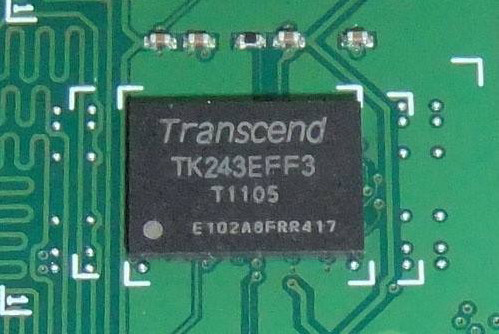1. Properly lay out the printed wires
Reasonable wiring can make the printed board obtain the best performance. From the perspective of anti-interference, the design and process principles that should be followed by wiring are:

(1) Choose standard component package. When you need to create a component package, the pad hole pitch should be the same as the device pin to reduce lead impedance and parasitic inductance. When laying wires, metallized vias should be minimized to improve the reliability of the entire printed board.
(2) Properly handle redundant input terminals of logic devices. Connect the redundant input terminal of the AND # gate to VCC, or connect the redundant input terminal of the NOR gate to VSS, and the idle set/reset terminals such as counters, registers and D flip-flops must be grounded.
(3) The main signal line in the circuit should preferably be in the center of the circuit board, and try to be close to the ground line, or surround it with the ground line. The loop area formed by the signal line and signal return line should be the smallest; try to avoid long-distance parallel lines Wiring, the electrical interconnection points in the circuit should be the shortest wiring; the corners of the signal (especially high-frequency circuit) lines should be designed to be 135°, or circular or arc-shaped, and avoid drawing at an angle of 90° or less shape.
(4) As long as the wiring requirements are met, one-way boards should be selected first, followed by double-sided boards and multilayer boards. The wiring density should be selected reasonably according to the requirements of comprehensive structure and electrical performance, and strive to be simple and uniform; the minimum width and spacing of wires should generally not be less than 0.2mm. When the wiring density allows, the printed wires and their spacing should be appropriately widened.
(5) Adjacent wiring surface wires should be perpendicular to each other, crossed or bent straight to reduce parasitic coupling; high-frequency signal wires should not be parallel to each other, and to avoid signal feedback or crosstalk, add them between two parallel wires. A ground wire.
(6) Properly lay out the external connection signal line, shorten the input lead as much as possible, and increase the impedance of the input end. It is best to shield the analog signal input line. When there are analog and digital signals on the board at the same time, the ground wires of the two should be isolated to avoid mutual interference.
2. Arrange the wiring between boards reasonably
Inter-board wiring will directly affect the noise sensitivity of the printed board. Therefore, after the printed boards are assembled, check and adjust carefully, make reasonable arrangements for the wiring between the boards, thoroughly remove the parts that exceed the rated value, and eliminate the improper points left in the design. Pay attention to the following points when wiring between boards:
(1) When a flat cable is used to transmit signals of multiple levels, an idle wire is used to separate the signal lines of various levels, and the idle wire is grounded. The flat cable should be close to the grounding board. If the crosstalk is serious, a signal cable with a twisted pair structure can be used.
(2) The long-distance transmission of input and output signals should have good shielding protection. The shielding line and the ground should follow the principle of one end grounding, and only the shielding layer of the vulnerable end should be grounded. It should be ensured that the potential of the cabinet body is consistent with the potential of the transmission cable.
(3) The signal line between the PCB boards should be as short as possible, and it should not be close to the power line, or the two can be wired vertically to reduce the influence of static induction and leakage current, and appropriate shielding measures should be taken when necessary; The indirect grounding wire needs to adopt the "one-point grounding" method, and avoid using series grounding to avoid potential differences. The potential difference of the ground wire will reduce the anti-interference of the equipment, which is one of the reasons for the frequent malfunction.
The above is the introduction of printed board design-anti-interference design. Ipcb is also provided to PCB manufacturers and PCB manufacturing technology.